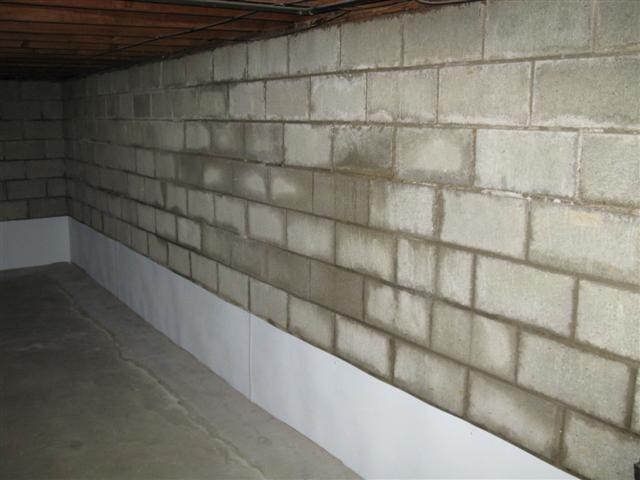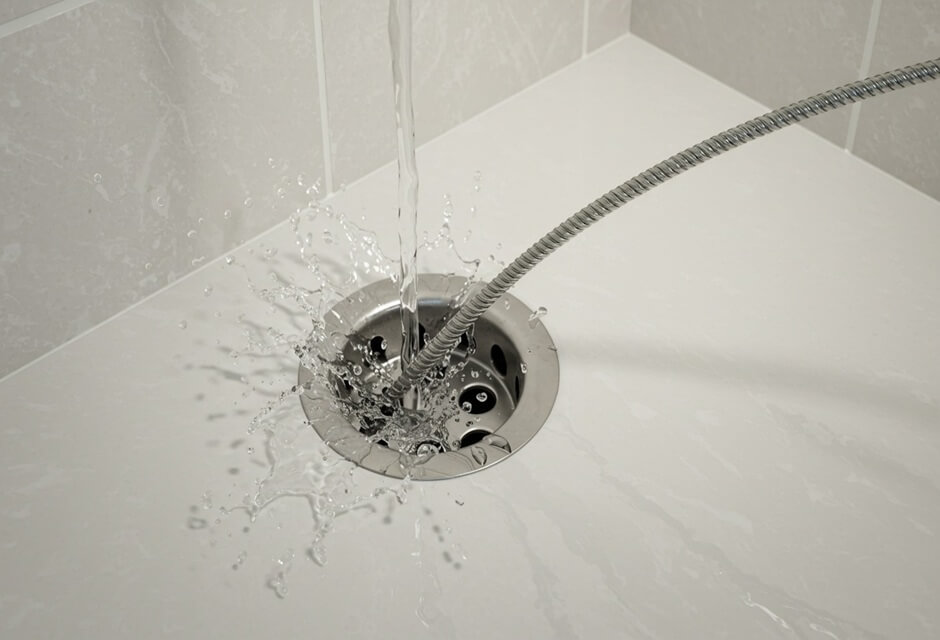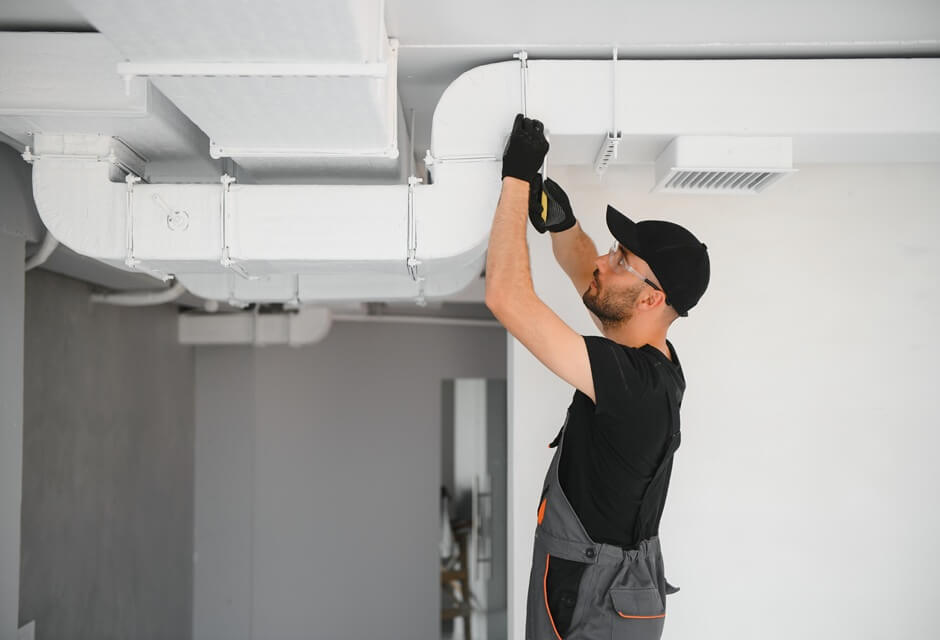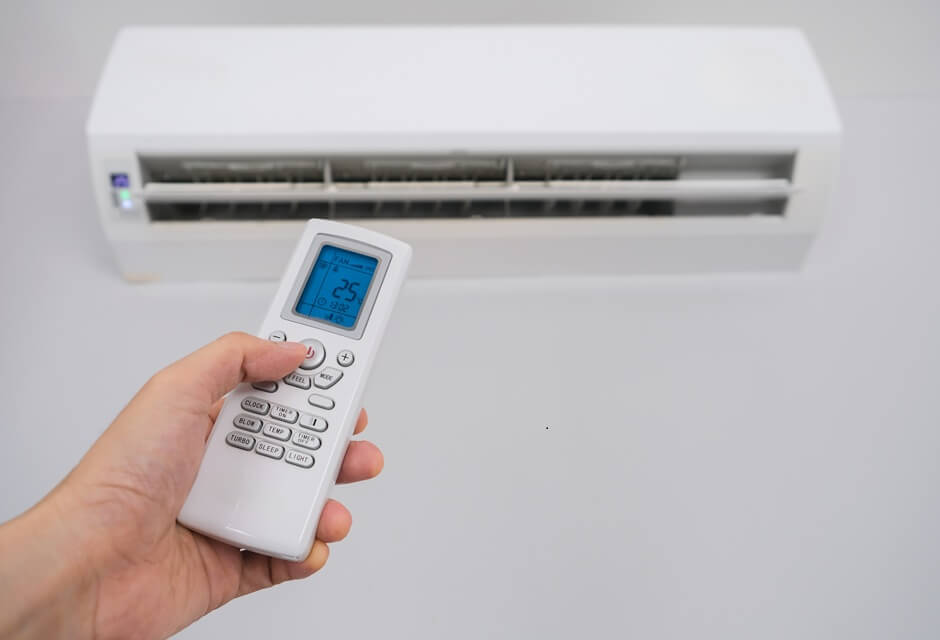Basement waterproofing is important in preventing water from entering the basement of your home. We understand how frustrating it can be to have water in your basement destroying your personal belongings. Also, leaky basements help mold development which is a very hazardous health risk for you and your family. Not only does mold cause many health problems but it is also very ugly and disgusting to have in your home. It can greatly depreciate the value of your home.
One way to prevent your basement from flooding or attracting moisture is to install an inside drain tile system, or a French drain, underneath the basement floor to help drain the water. Before even installing the drain system, you have to find out where the water is entering into the basement and where it pools together. Most basement floors are slightly sloped meaning that when the water enters the room there will be some place where they will all gather together. To find out which  way your floor is sloped (to the right, the left, or in the center) place a marble in the corner of the room to see which way it rolls.
way your floor is sloped (to the right, the left, or in the center) place a marble in the corner of the room to see which way it rolls.
DIY: Installing a Drain System
When installing the drain system, it is best to place it along the walls where it eventually meets a corner. This placement is ideal because then then the water can be directed out. If there is a slope towards opposite corners of the room, it is smart to install two drain systems, each going in the direction of the low-lying corners. You have to remove part of the basement flooring to install the drain below the ground. With a jackhammer or a pick ax, tear a line of concrete working towards a wall. If you decide to use a jackhammer, be careful when working near the walls so you do not damage the foundation. It is also recommended to wear safety goggles, gloves, long pants, or a long sleeve shirt when working. When finished drilling, remove the broken chunks of concrete and start digging a trench in the ground that is at least 12 inches below the concrete flooring. Then apply a waterproofing membrane, a liquidy substance that is painted on walls and turns into a rubber barrier when it solidifies. After, pour around two inches of gravel into the trench then cut parts of the drain tile to fit and run inside the trench. Glue a PVC elbow at the end of the drain tile then wrap it with landscaping fabric. Finally, put the drain tile into the trench and then fill the remaining spaces with more gavel. When that whole process has been completed, you have to finish the flooring. This can be done by mixing cement and pouring it into the trench on the gavel. Then smooth out the surface and blend it with the surrounding floor. Allow the concrete to dry and then put a PVC cap over the end with the PVC elbow to stop small animals from entering the drain this way.
 Let a basement waterproofing contractor give you an estimate on your project
Let a basement waterproofing contractor give you an estimate on your project





 Member of the
Member of the